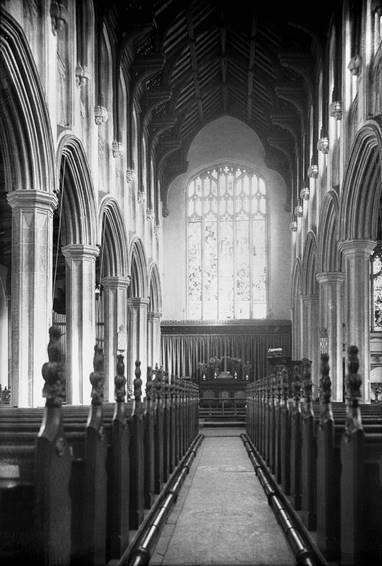Richard Caister, who at the end of his life was vicar of St Stephen’s in #Norwich, died #otd in 1420. Renowned in his life as a notable preacher and a good man, he cared particularly for the poor of his parish. After his death he was venerated as a saint. #medievaltwitter (1/7)
Pilgrims visited his tomb in St Stephen’s church in #Norwich, taking home pilgrim badges depicting Caister as souvenirs such as this one now in the British Museum (1836,0610.48, lead alloy brooch with pin inscribed MR CAST OF NORWIHE, 1420-1530) #medievaltwitter #pilgrimage (2/7)
Richard Caister features several times in The Book of Margery Kempe, considered by some to be the first autobiography by a woman written in English (it’s a bit more complicated than that see @RealMargery for more). (3/7)
When they first meet, Margery tells Caister that god holds him in high regard and instructed her to ‘gon to the Vykary of Seynt Stefenys and sey that I gret hym wel, and that he is an hey chossyn sowle of myn, and telle hym he plesyth me mech wyth hys prechyng’ (Ch. 17). (4/7)
Although the miracles attributed to Caister were largely dismissed during the Reformation, he retained his reputation as a good man, being described by Protestant John Bale as ‘a man learned and pious’ who ‘lead an apostolic and innocent life in great simplicity of spirit’. (5/7)
Awareness of Caister has dwindled since then but the community at St Stephen’s are doing their best to redress this. Sadly their programme of events have been interrupted by the #coronavirus #covid19 #lockdown but keep an eye on @Caister_1420 for updates. (6/7)
Finally, here& #39;s a photo of the interior of St Stephen& #39;s church in #Norwich taken in the late 1930s by local photographer George Plunkett http://www.georgeplunkett.co.uk/Norwich/ram.htm ">https://www.georgeplunkett.co.uk/Norwich/r... (7/7)

 Read on Twitter
Read on Twitter



